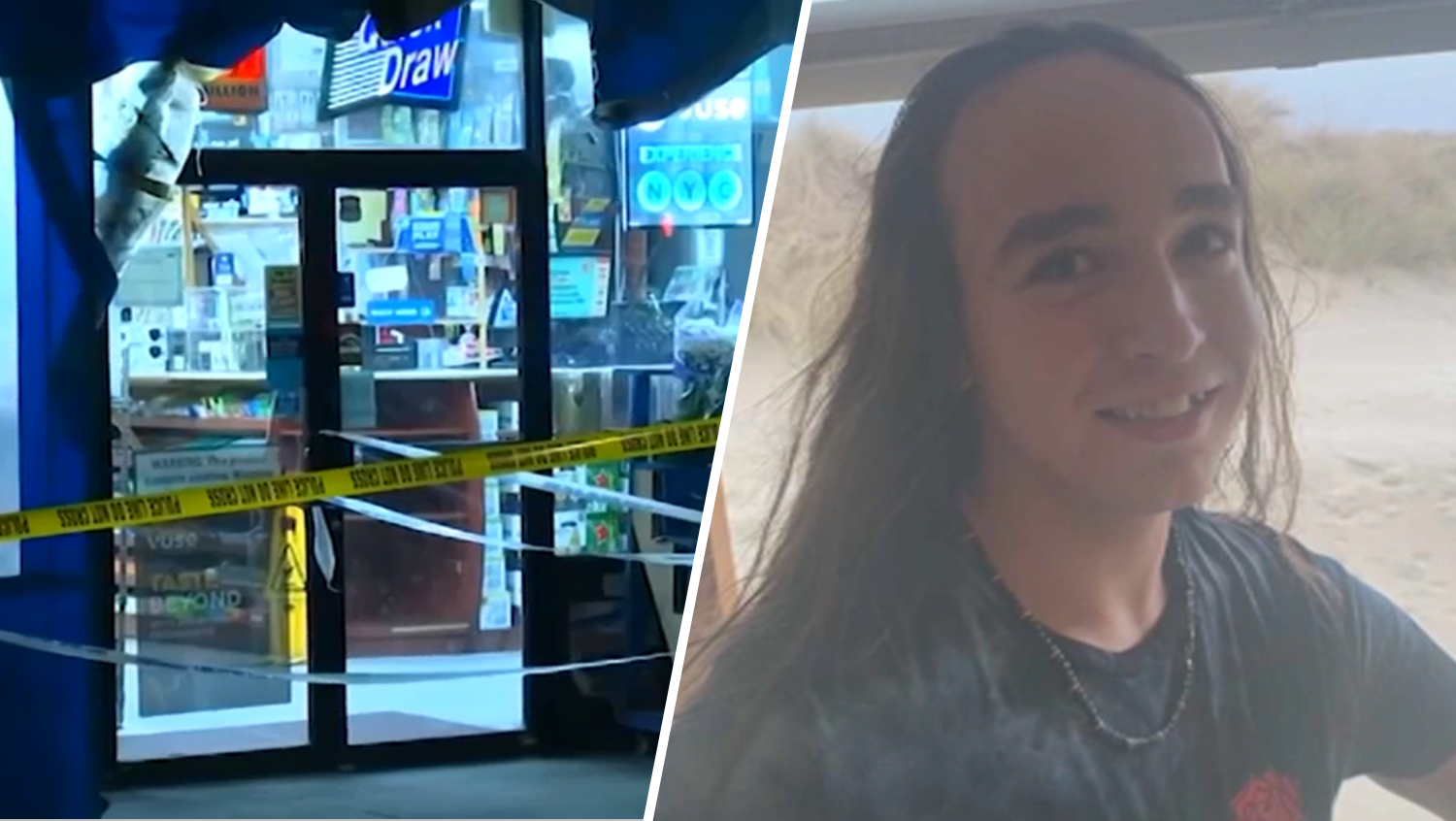A Pakistani man was found guilty Wednesday in a failed al-Qaida bomb plot to attack New York City's subway system as well as targets in Europe.
A jury in Brooklyn federal court reached the verdict Wednesday in the case of Abid Naseer, who acted as his own lawyer.
Naseer was first arrested in 2009 in Great Britain on charges he was part of a terror cell plotting to blow up a shopping mall in Manchester, England. The charges were dropped after a British court found there wasn't enough evidence, but U.S. prosecutors later named him in an indictment that alleged a broader conspiracy that included a failed plot to attack the New York City subway.
After his rearrest and extradition to the United States in 2013, Naseer pleaded not guilty to providing and conspiring to provide material support to al-Qaida and conspiring to use a destructive device.
He acted as his own lawyer, often referring to himself in the third person as he set about portraying himself as a moderate Muslim who was falsely accused. He was assisted by a court-appointed attorney but largely spoke for himself and demonstrated a calm demeanor in court.
Naseer's court-appointed legal adviser, James Neuman, said Wednesday there would be an appeal but declined further comment.
"Abid is innocent," the 28-year-old Naseer said in closing arguments on Monday. "He is not a terrorist. He is not an al-Qaida operative."
In her closing argument, Assistant U.S. Attorney Zainab Ahmed told jurors the arrests of Naseer and other members of his cell averted mass murder. The government alleged Naseer had received bomb-making instruction in Pakistan in 2008.
Local
"If the defendant hadn't been stopped, hundreds of innocent men, women and children wouldn't be alive today," Ahmed said.
Naseer's self-representation created the spectacle of the defendant cross-examining an admitted terrorist. Five British Mi5 secret agents also testified wearing disguises — one wore a fake beard and thick black glasses — and the trial marked the first time documents recovered in the 2009 Navy SEAL raid against Osama bin Laden's compound were used as trial evidence.
But most of the case hinged on email exchanges in 2009 between Naseer and a person described by prosecutors as an al-Qaida handler who was directing plots to attack civilians in Manchester, New York City and Copenhagen. Naseer insisted the emails consisted only of harmless banter about looking for a potential bride after going to England to take computer science classes.
Naseer "wanted to settle down," he said in his closing. "Is there anything wrong with that?"
But the prosecutor, Ahmed, accused Naseer of lying on the witness stand by claiming the women he wrote about were real. She said the women's names actually were code for homemade bomb ingredients: Nadia stood for ammonium nitrate and Huma for hydrogen peroxide.
When the defendant wrote to the al-Qaida handler, "I wish you could be here for the party," he was talking about the attack, she added.
The prosecutor dismissed Naseer's explanations as "blather."
''This man wanted to drive a car bomb into a crowded shopping center and watch people die," she said.
As their first witness, prosecutors called Najibullah Zazi, who pleaded guilty in the subway plot as part of a cooperation agreement. Zazi testified that after receiving explosives training in Pakistan, he received instructions from the same al-Qaida contact as Naseer and was told to use "marriage" and "wedding" as code for attacks.
In his cross-examination, Naseer sought to emphasize that he and Zazi had never had any contact, even though they were named as co-conspirators.
"Mr. Zazi, do you know the defendant who is asking these questions?" Naseer asked.
"I don't remember your face," Zazi responded.
Another witness was an FBI legal attache who handled evidence found in the raid that left bin Laden dead, including letters written among top al-Qaida officials.
One letter referred to sending "brothers" to New York and Britain and mentions that some were arrested there — a passage prosecutors suggested was a reference to Naseer.



